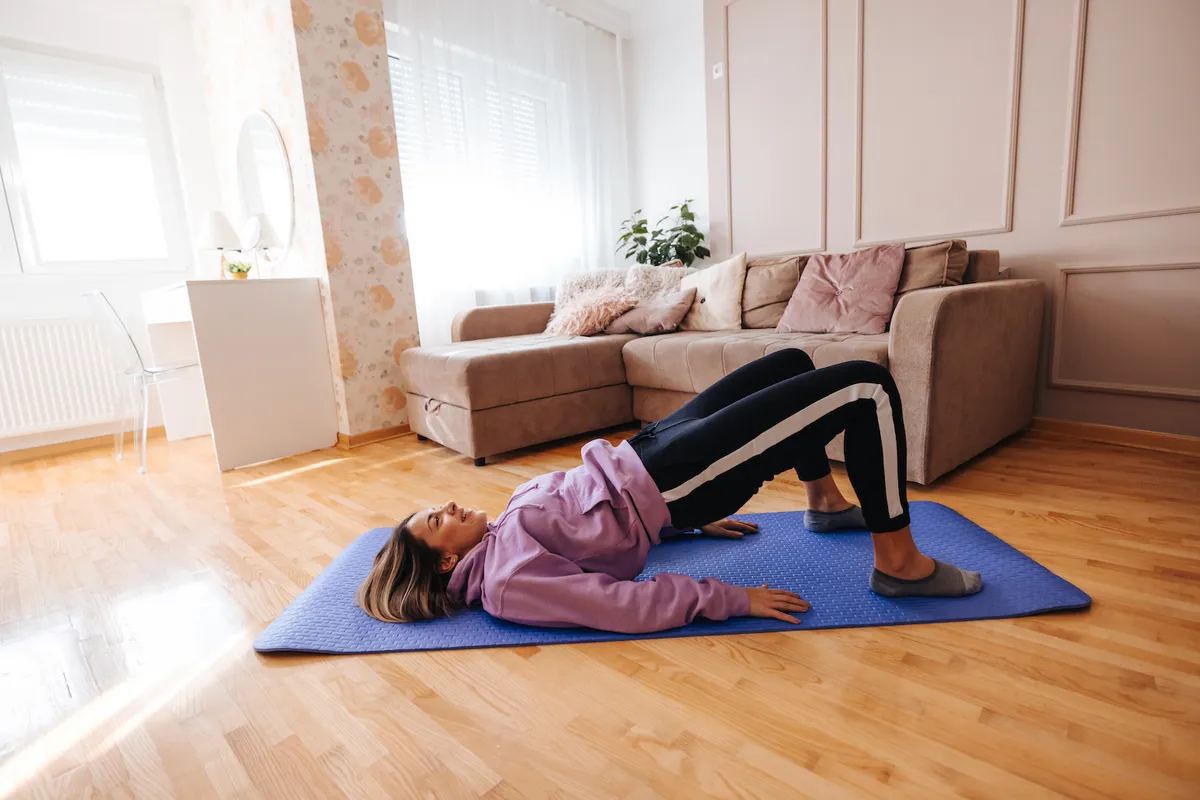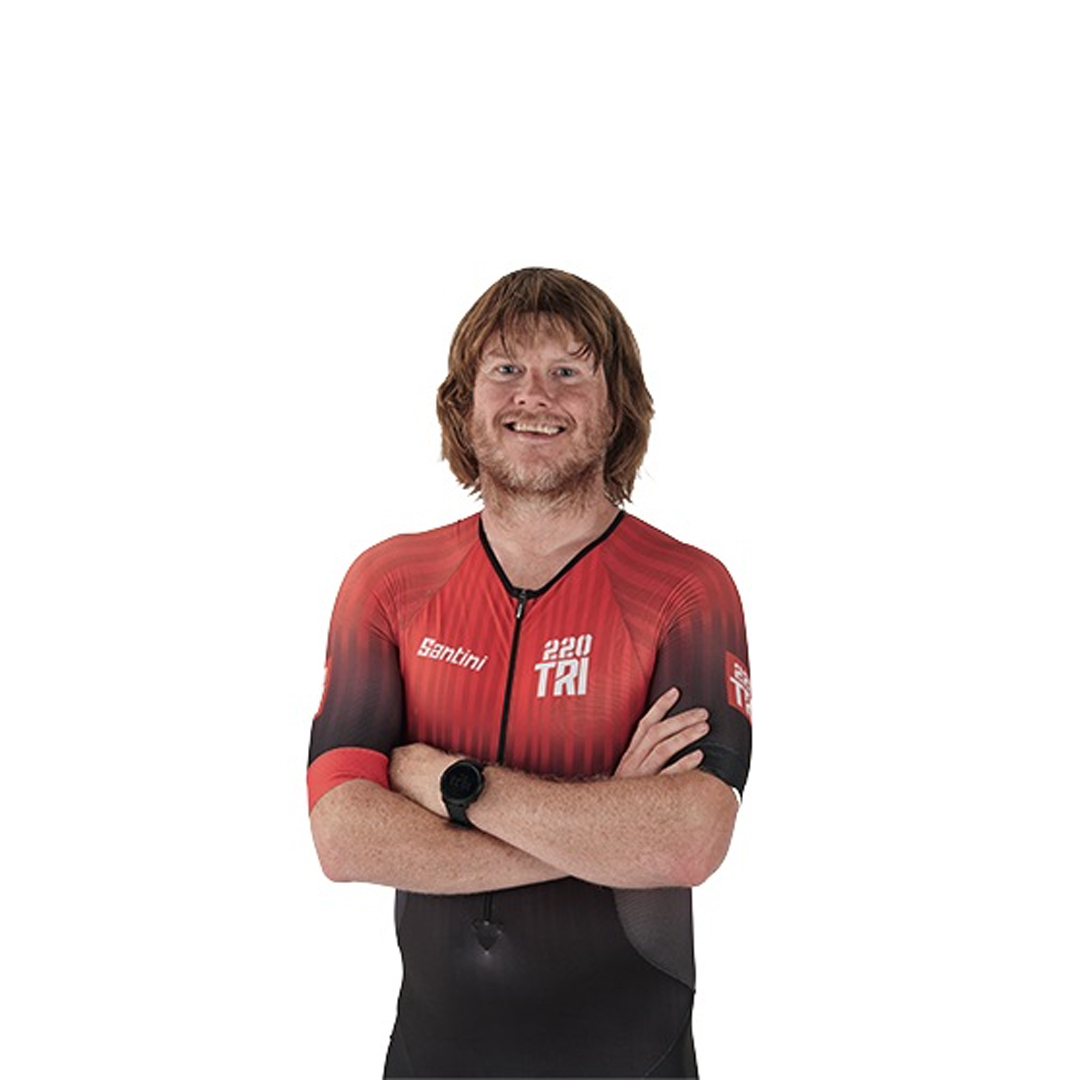You no doubt have a busy training schedule, busy family life and busy work life. So what’s all this about us imploring you to squeeze yoga into your schedule as well?! Don’t skip this feature, though, as the benefits you can gain from at least one yoga session each week will be noticeable.
Plus, if you can’t fit in any more sessions, it’s arguably worth dropping one of your swim, bike or run training sessions for yoga.
Does yoga prevent injury?
Why? Key is injury prevention. Spending long hours training, especially when it comes to sitting hunched over on your bike, can develop muscular imbalances that can result in injury. Yoga can go some way to correcting these imbalances.
Also, while cycling and running can build powerful hamstring and quadricep muscles, the strengthening of hip and back muscles is often overlooked. Again, yoga can help here.
Yoga can help lengthen muscles that are squeezed from endurance training and a work life that’s often crouched in front of a computer, while you shouldn’t neglect the mental benefits of yoga, too.
It’s been shown to lower stress hormones while simultaneously increasing the levels of ‘happy hormones’ like endorphins.
Do pro triathletes do yoga?
Need further convincing? Look no further than the legend that is Jack Maitland. Maitland’s a former elite triathlete and fell-runner turned coach, whose disciples used to be Alistair and Jonny Brownlee.
Maitland’s been an advocate of yoga for triathletes for years and now runs a triathlon business called The Sports Ashram, which uses yoga to help triathletes develop and perform to their optimum. If it works for a man who helped mould two of the finest triathletes to grace this multisport world, it can work for you.
Just remember to take deep breaths with each stretch held for around 30secs. Sets are up to you but usually around five to 10, but base on how you feel.
The best yoga stretches to improve triathlon performance
Here are 10 key stretches that will improve your swim, bike and run performance. Take them slow and manage your progression.
1. Downward dog

Start on your knees with your hands out in front of you, pushing your bottom up until you feel a stretch in your calves and base of your feet. Straighten your legs if you can but keep your back straight.
2. Pigeon fold
This loosens up the hips, which can become particularly tight when cycling. Start in a downward dog position, see No.1, before bending your right knee and sweeping it down in front of you.
Lower yourself to a comfortable seated position. Then stretch your left leg behind you. You should feel the stretch in the quadriceps and hamstrings. Hold your chest high to focus the stretch.
3. Bridge pose

Lie flat on your back with your knees bent and feet shoulder-width apart.
Position your hands either side of your body to keep yourself balanced. Press your feet and arms firmly into the floor and push your hips off the ground.
4. Dolphin pose
The dolphin pose opens up the shoulders, chest and hamstrings. Again, this’ll benefit all three disciplines. Start on your hands and knees, with your knees directly beneath your hips and hands slightly in front of your shoulders. Exhale and tuck your toes under, pressing your coccyx toward the sky.
Keep your knees slightly bent to start. Press your heels toward the ground. Lower down onto your forearms, with your elbows beneath your shoulders. Broaden your shoulder blades away from each other.
5. Low lunge
This helps to relieve pain at the back of the knee, often caused by cycling and running. Tale a big step forward with your right foot, ensuring your feet are hip-distance apart.
Bend your front leg and lower your rear knee to the mat. Slowly move your hips forward to feel a stretch in your back leg’s hip flexor. Hold for 15-30secs before switching legs.
6. Cat cow
This is good for swimming and opening up the shoulders. Ease into the all-fours position, inhale and left your right arm straight up toward the ceiling.
As you exhale, release that arm and place it under your left armpit, lowering your right shoulder and right cheek to the floor. This is excellent to open up the shoulders. Hold for 30secs and switch sides.
7. Lizard pose
This is another stretch that’s great for opening up tight hips. Simply, with your left leg forward, perform a low lunge, bringing your hands to the inside of your left foot and gradually lowering them to your forearms.
You should breathe while pressing your left heel down. Take several deep breaths before repeating on the right side.
8. Seated forward bend
This is an effective exercise to ease out tension in your inner thighs and groin. Sit on the floor and extend your thighs outwards; ensure your toes are pointing up at the ceiling.
Now, you slowly lean forward and walk your hands forward between your legs. Do this to the distance you feel comfortable with. Hold and then repeat.
9. Crescent lunge

From a standing position, step the ball of your left foot to the back of your mat. Your feet should be about shoulder-width apart.
Reach both arms straight overhead and bend your right knee to 90°. Relax your shoulders as you continue reaching up and lengthen the back leg. Hold and switch sides.
10. Thread the needle
This pose works your thoracic mobility, which is beneficial to swimming as this can become stiff over length after length. Ease into tabletop position (all fours) on your hands and knees.
Inhale as you extend your right arm out in front of you and place it on the ground. Exhale as you move your left arm across your chest underneath you.
Gently lower your right shoulder until it’s touching the mat. Take several breaths in this position before repeating for the other side.
Top image credit: Getty Images
